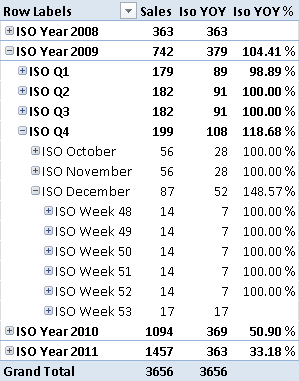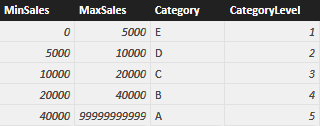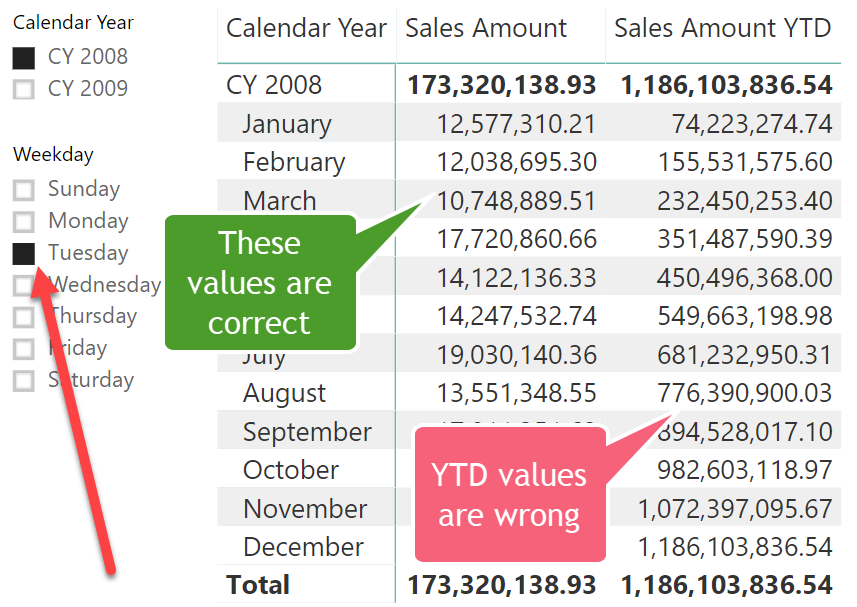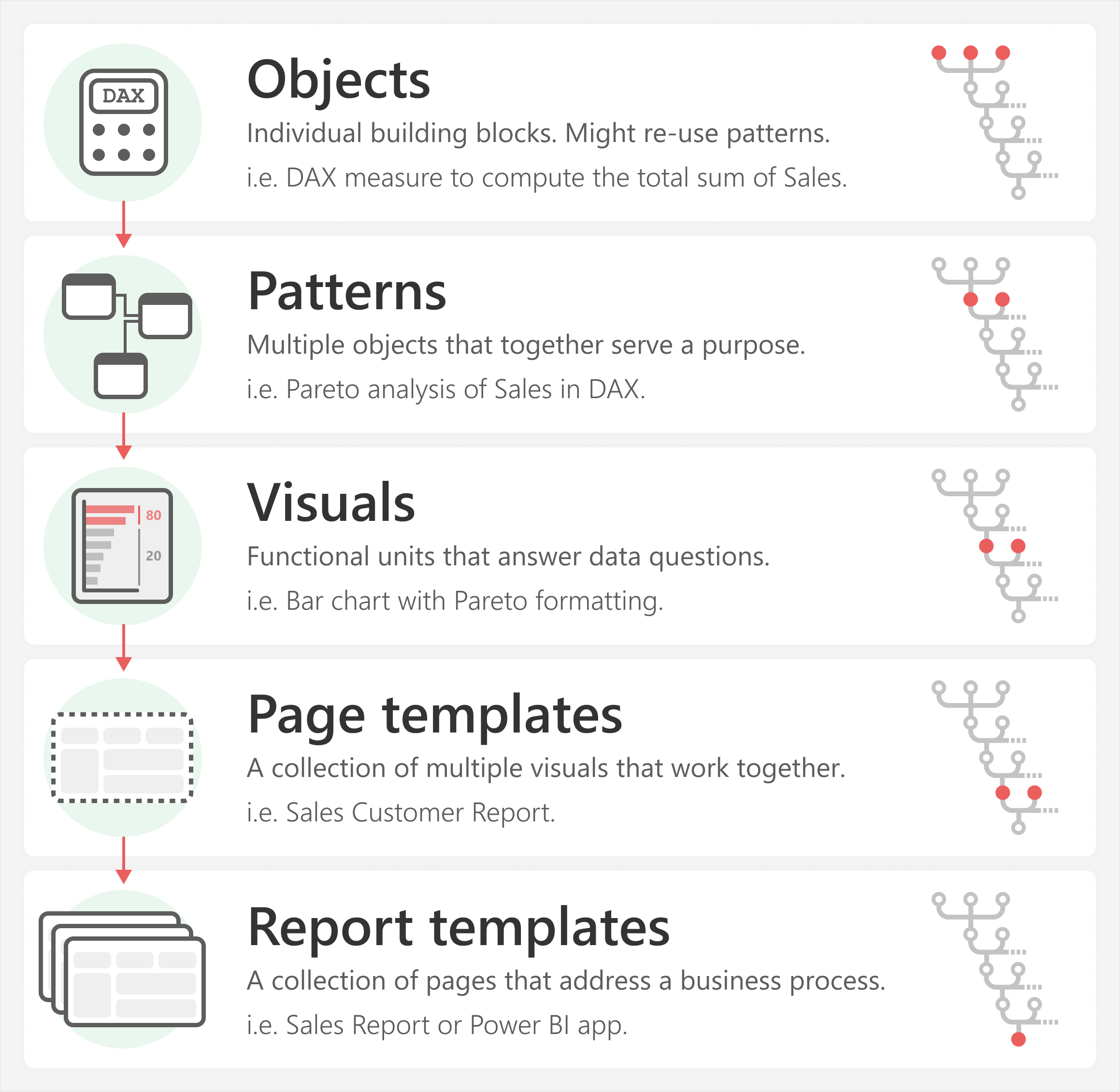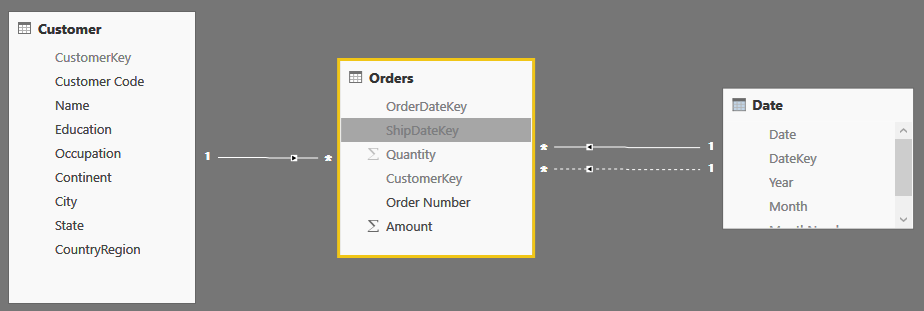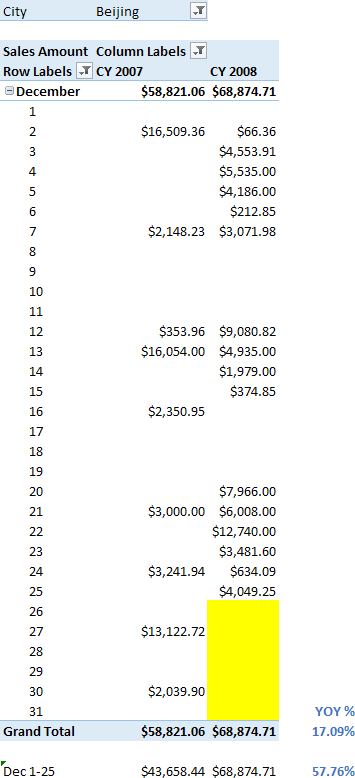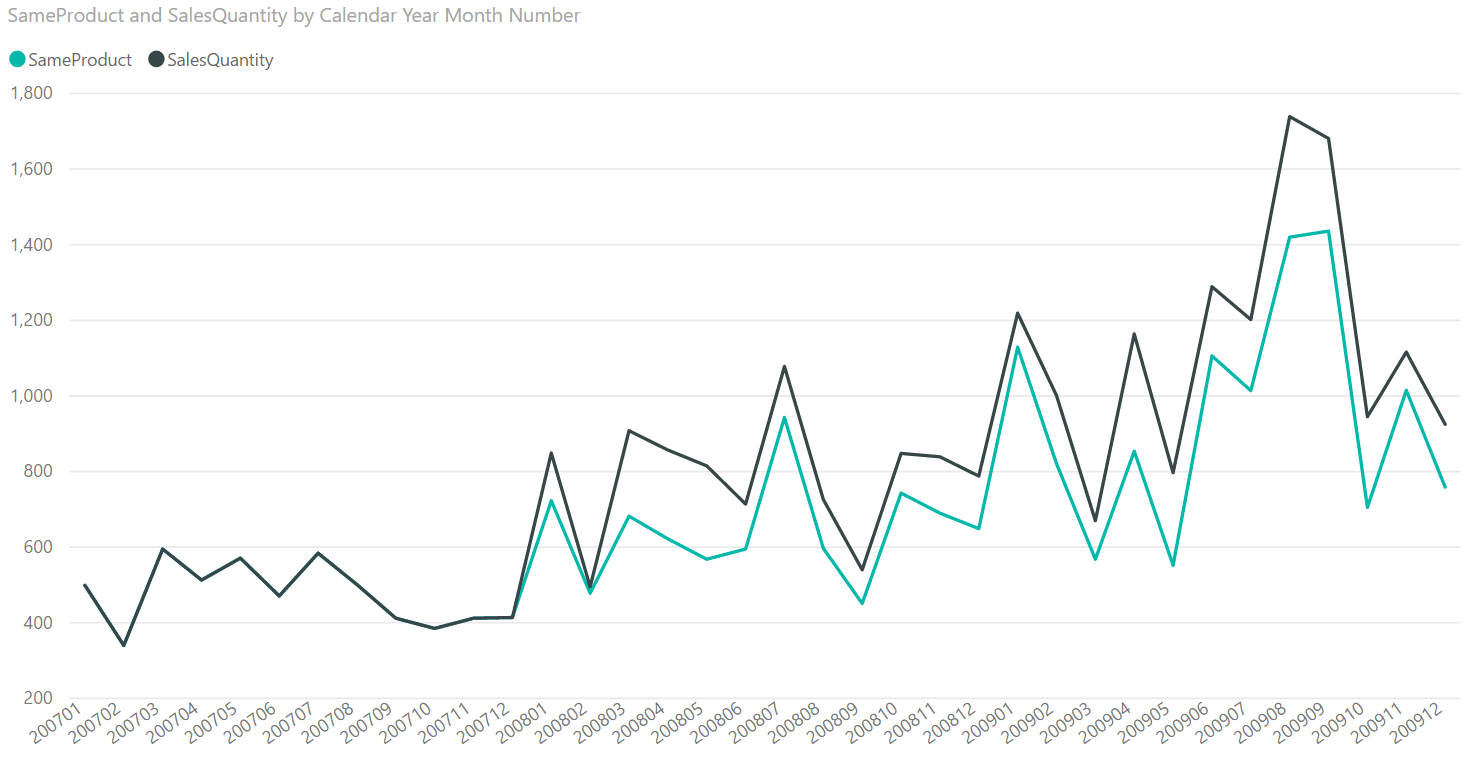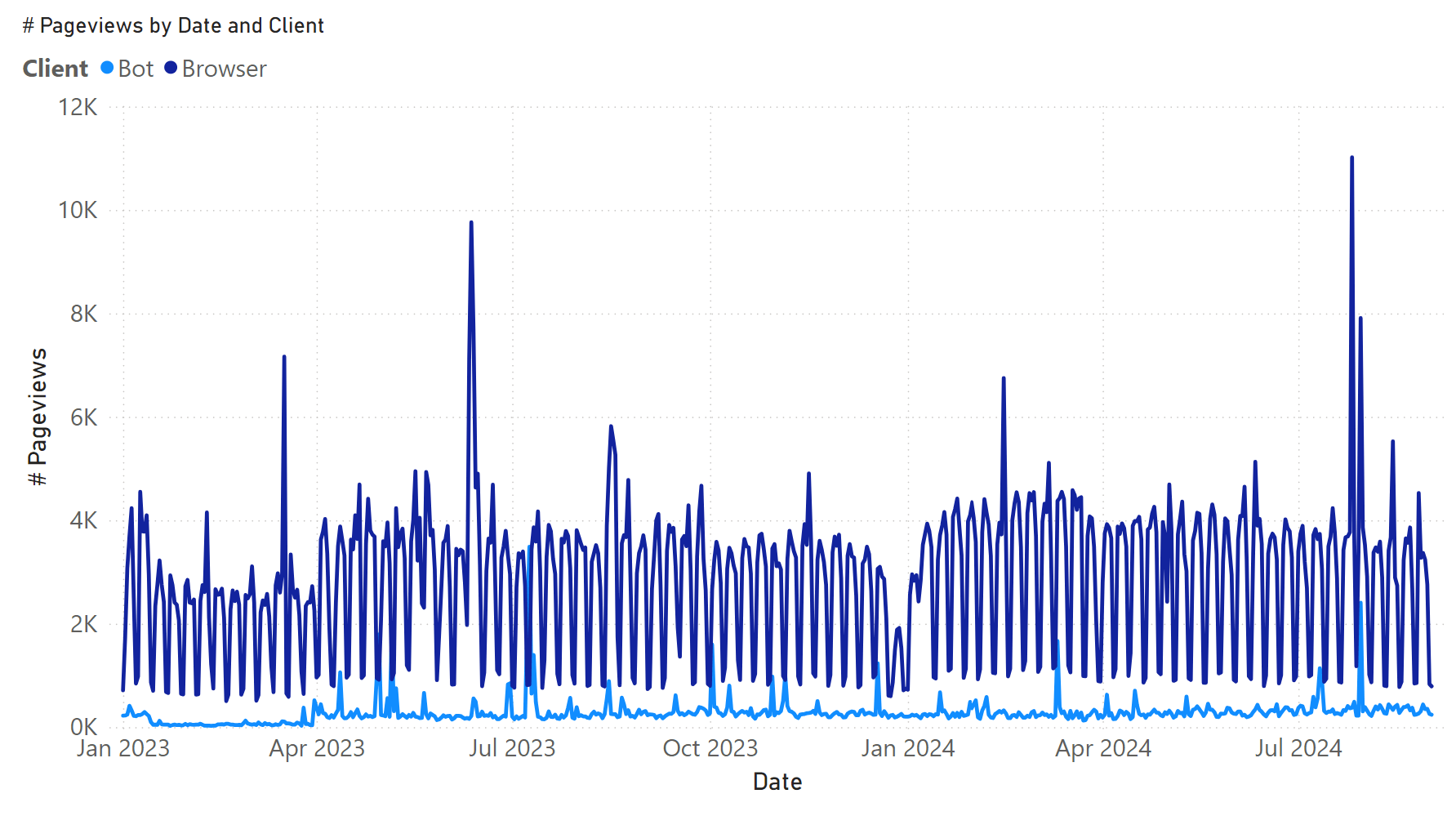-
This article describes how to implement a custom year-over-year calculation in DAX based on arbitrary associations between different periods. As an example, we describe the comparison of the 53rd week in a ISO Calendar. Read more
-
In the 2015 September update, Power BI introduced calculated tables, which are computed using DAX expressions instead of being loaded from a data source. This article shows the usage of calculated tables to solve the pattern of transition matrix for… Read more
-
article
Computing New Customers in DAX
In this article, Alberto Ferrari describes a new efficient way to compute returning customers in DAX thanks to an idea suggested by a student attending an Optimizing DAX workshop. Read more
-
Time intelligence functions oftentimes hide an automatic ALL statement meant to make time intelligence calculations easier. This article describes this behavior and what to do in case it ends up breaking your calculation. Read more
-
This article introduces the ‘atomic design methodology’ as an approach to make Power BI development more efficient and repeatable. Read more
-
This article analyzes how to efficiently work with events that lasts over time, such as the duration of an order considering the distance between order date and ship date. Read more
-
If you do not have a full month with data, comparisons such as year-over-year (YOY) might require particular filters in order to do a like for like comparison in DAX. This article describes how to write DAX expressions comparing equivalent… Read more
-
This article introduces a technique to filter and productively compare two time periods with Power BI. Read more
-
This article shows a technique in DAX to compute the sales volume of products that were available right from the beginning of a selected time period, ignoring products introduced afterwards. Read more
-
This article describes why week-based calendars (like 4-4-5) are important for specific industries and how to use them effectively in Power BI. Read more
